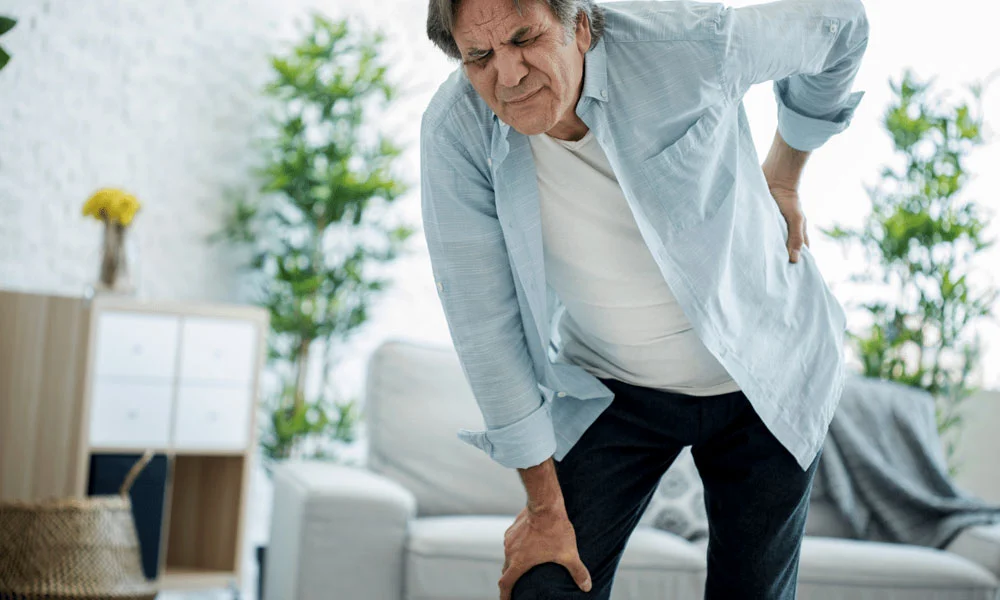The majority of low back pain cases are invariably treated and cured whereas the rest continue with pain even after prolonged treatment leading to chronic low back pain.
Symptoms of back pain could range from shooting, burning, or stabbing sensation. The pain may worsen with bending, twisting, lifting, standing, or walking and in addition, it radiates down your leg.
Age:
Back pain is more common starting around age 30 or 40.
Lack of Exercise:
Weak, unconditioned muscles in your back and abdomen might cause back pain.
Excess Weight:
Excess body weight causes overstress on your back.
Diseases:
Some types of arthritis and cancer can lead to back pain.
Improper lifting:
Instead of your legs if you are using your back can lead to back pain.
Psychological condition:
Individuals who are prone to depression and anxiety appear to have a greater risk of back pain.
Smoking:
Smoking increases rates of back pain. Smoking aggravates coughing, which can lead to herniated discs. Smoking reduces blood flow to the spine and increases the risk of osteoporosis.
Persists past a few weeks
Is severe and not subsiding by rest
Radiating to one or both legs especially extends below the knee
Causes weakness accompanied by numbness or tingling in one or both legs
Is accompanied by unreasonable weight loss
Affects your bowel, bladder functional activities
Is accompanied by a fever
Followed by a fall, blow to your back, or another injury
To keep your back healthy and strong follow this:
Exercise:
Proper low-impact aerobic activities — those that don’t strain your back — can increase strength and endurance in your back and allow your muscles for better function. Walking and swimming are these types of aerobic exercises. Talk to your doctor about which activities you should follow.
Build muscle strength and Flexibility:
Abdominal and back muscle exercises, which will help to strengthen your core, condition these muscles so that they work together like a natural corset for your back.
Maintain a Healthy Weight:
Obesity strains back muscles. If you’re overweight, trimming down can prevent back issues.
Quit Smoking:
Stand smart:
Maintain a neutral pelvic position without slouching. Place one foot on a low footstool to take some of the load off your lower back, if you must stand for long periods. Bad posture can increase the stress on back muscles.
Sit smart:
Choose a seat with good lower back support, armrests, and a swivel base. Placing a pillow or rolled towel on your back can maintain its normal curve. Level your hips and knees while sitting. Change your position, at least every half-hour while sitting.
Lift smart:
If possible, avoid heavy lifting, let your legs do the work if you must lift something heavy. Bend only at the knees with back straight with no twisting. Avoid holding a heavy load away from your body. If the object is heavy or awkward find a lifting partner.

